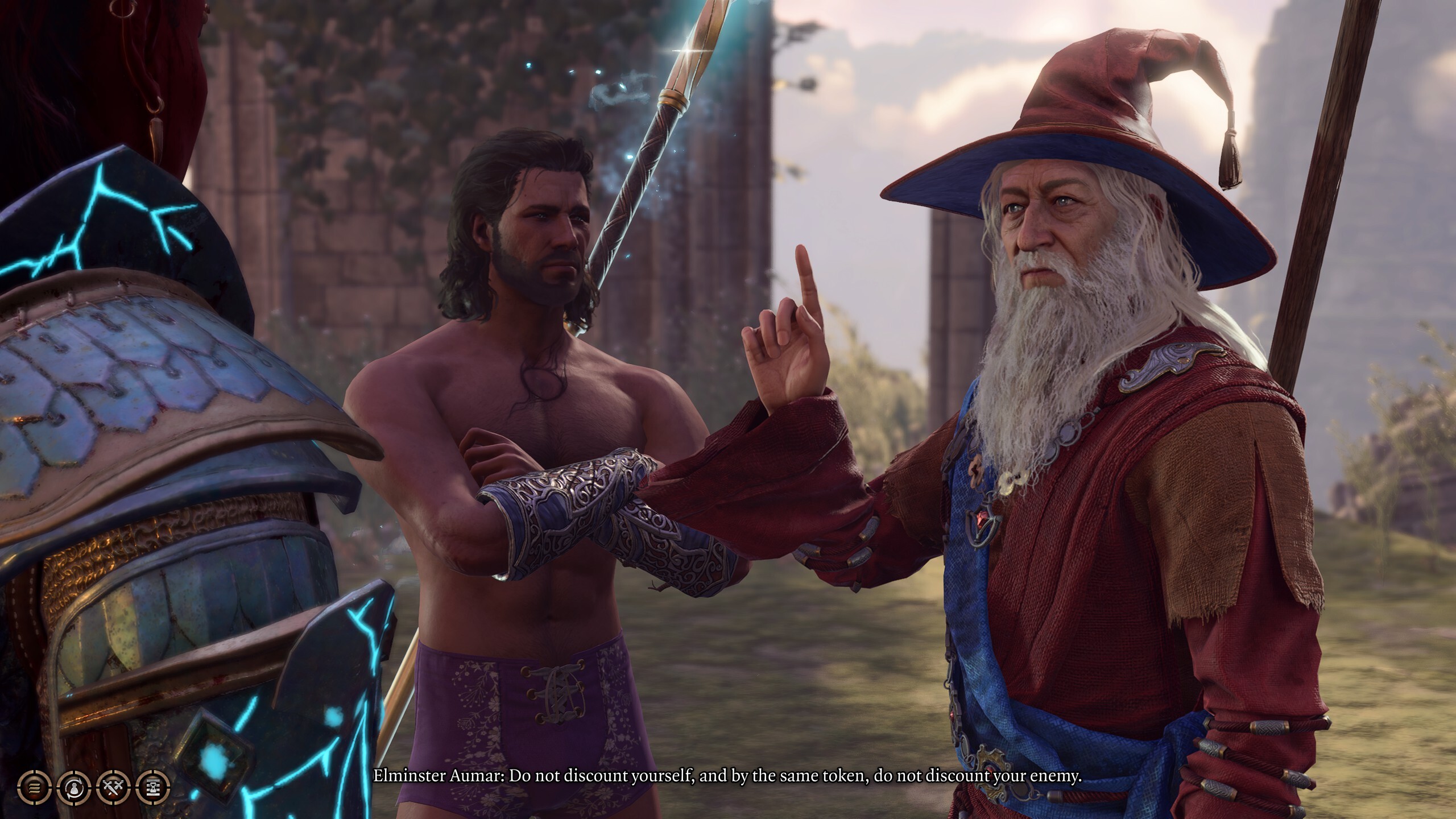That vampire came from the moon
... like I was just saying, Aria of Sorrow's introduction of collectible soul-powers, its variety of equippable weapons and fighting techniques, and its modern setting are all refreshing and exciting changes to the Castlevania norm.
Back when I first played it in the GBA Double Pack, I'd already finished Dawn of Sorrow, so Aria couldn't help but pale in comparison. Now that I've blissfully forgotten the details of the sequel -- I can really appreciate how strong this game is on its own.
Even if some aspects of its storytelling and user interface feel a bit outdated, the foundations that would become "Igavania" - the same principles which eventually made Bloodstained: Ritual of the Night so compelling - are all accounted for, and already working well.

No joke: I said that in Bloodstained,
It almost always feels like you're accomplishing something, even if only in small increments, toward the ultimate goal of overpowering evil. Bloodstained is at its best when it's giving you plenty of opportunities for continuous improvement.
And that's just as true all the way back in Aria of Sorrow; true enough for me to enjoy late-game grinds for experience and gear and souls, completing the game's checklists, and overpowering myself enough to turn the final bosses into total chumps.
It's a great formula, and its execution here is quite good, in spite of the GBA's limited horsepower (and number of buttons). Now, a couple decades and multiple sequels in this game's future, I could lament that some quality-of-life annoyances - like hidden progression requirements, and inconvenient fast-travel locations - still haven't seen much improvement.
But I love IGA's castle-crawling adventures all the same, and even after a dozen hours in this one, I still want more.
Better than: Castlevania: Circle of the Moon, Castlevania: Harmony of Dissonance
Not as good as: well, the next one, Castlevania: Dawn of Sorrow
... so, it's a good thing: the Castlevania Dominus Collection is finally here, and I can play that again too!
Progress: Killed Chaos, 100% map, 100% souls.



